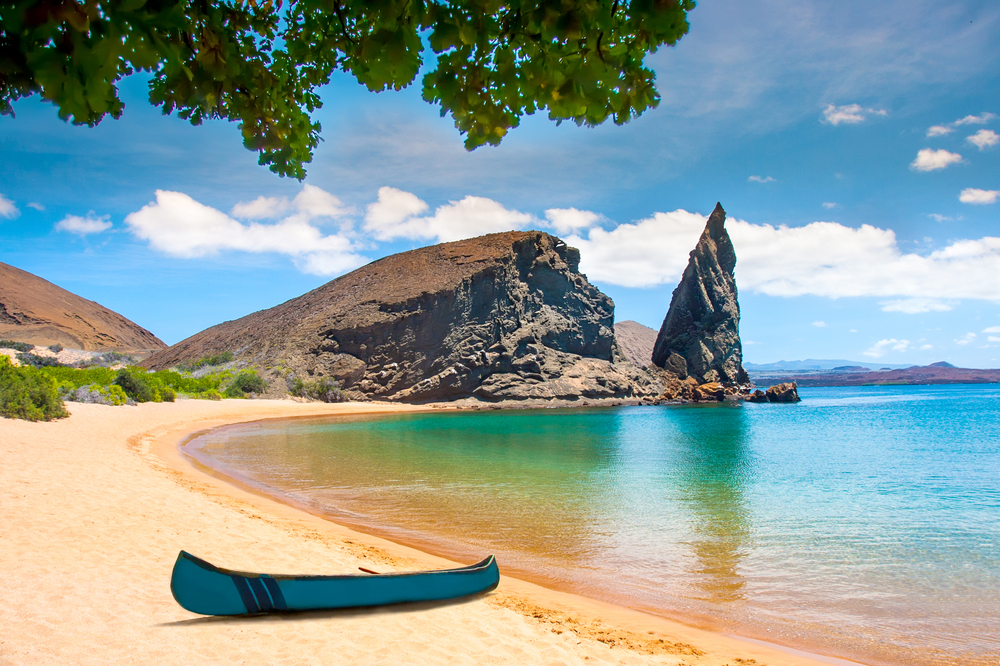The Galápagos Islands are an archipelago of volcanic islands located around the Equator, approximately 900 km (560 mi) west of the mainland of South America. They form the Galápagos Province of the Republic of Ecuador. Here are some key points about these remarkable islands:
:max_bytes(150000):strip_icc()/galapagos-islands-ecuador-GALAPA1104-d013219debf14369ab5039a4eafb496e.jpg)
Geography and Location:
The Galápagos consist of 127 islands, with 18 major islands and several minor ones.
The total land area is 27,191 km² (10,499 sq mi).
The highest point is Volcán Wolf, reaching an elevation of 1,707 meters (5,600 feet).
The islands lie in the Eastern Pacific Ocean, about 966 kilometers (600 miles) off the Ecuadorian coast12.
Endemic Species and Charles Darwin:
The Galápagos are famous for their unique wildlife and endemic species.
Charles Darwin visited the islands in the 1830s and studied the diverse flora and fauna.
His observations here inspired his groundbreaking theory of evolution by natural selection.
Giant tortoises, marine iguanas, and blue-footed boobies are among the iconic species found here.

Conservation and Protection:
All the islands are protected as part of Ecuador’s Galápagos National Park and Marine Reserve.
The islands face environmental threats, including invasive species and climate change.
Efforts are ongoing to preserve their unique ecosystems and biodiversity.
In summary, the Galápagos Islands are a natural wonder, rich in biodiversity and scientific significance. Their isolation and distinct ecosystems continue to captivate researchers and visitors alike
